Celebrating March with the Women of Emilia Romagna
Discover the history of some of the most prominent historical figures from G.T.DESIGN’s beloved region.
G.T.DESIGN has a predominantly feminine team headed by Founder and Creative Director Deanna Comellini. From the creative to the logistics, to the communications departments, each staff member has contributed to creating a unique sense of community and sisterhood among colleagues.
We are excited to celebrate Women’s Day by shining light on some historical figures’ contributions from the beautiful region of Emilia Romagna.
From artists to academics, to the culinary art of the sfogline, here are some of our favorite heroines.
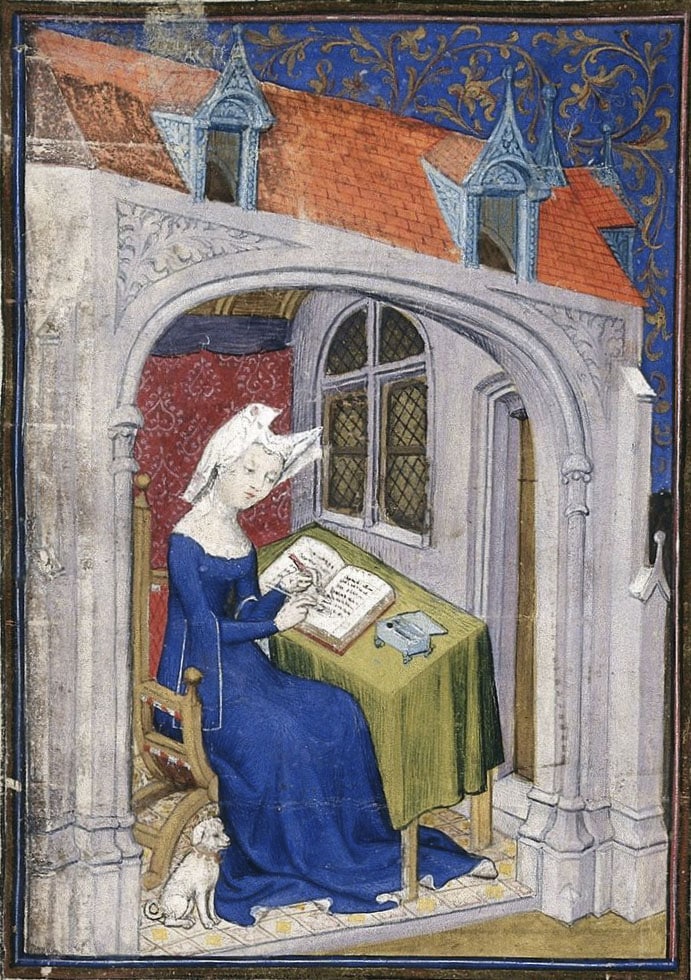
source: The Book of the City of Ladies
Christine de Pisan (1364-1430)
An advocate for women’s equality, Christine de Pisan was a medieval writer and historiographer who wrote some of the earliest feminist writings.
She was raised at the court of King Charles V of France by her father, an astrologer originally from Pizzano, a town in the southeast of Bologna. She married Etienne du Castel, a nobleman from Picardy, who died when she was in her early twenties.
After receiving accolades for her poetry dedicated to her husband, de Pisan decided to support her three children through her writing rather than remarry. Her work touched on feminist themes such as the lack of education of women, equal rights, and gender equality. While critical of the patriarchy, her writings based on Christian virtue and morality were well received. Her two most famous books are Le Dit de la Rose (The Tale of the Rose) and Le Livre de la Cité des Dames (The Book of the City of Ladies), both critical of the misogynistic tone of her contemporary male writers.
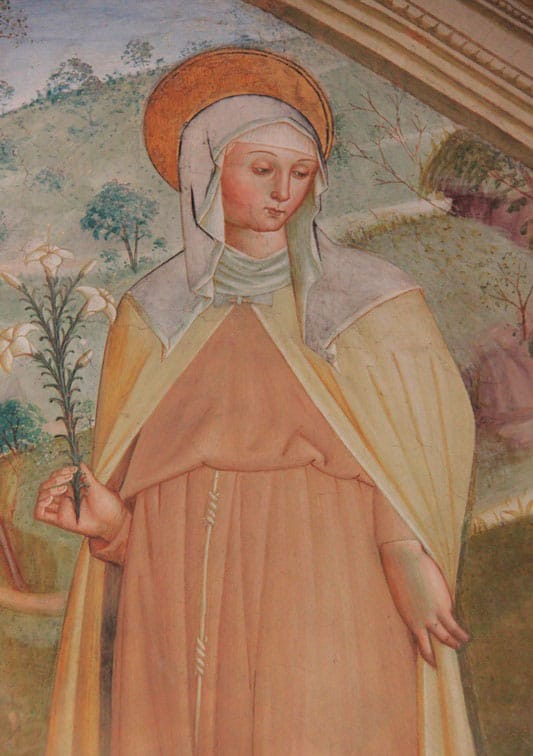
source: Fraternitas OFM
Caterina de Vigrí (1413-1463)
Also known as Saint Catherine of Bologna, Caterina de Vigrí was a nun, a mystic, a painter, and a writer who founded the Order of Poor Clares’ monastery in Bologna. She was the daughter of a diplomat, the Marquis of Ferrara, and received a thorough academic and artistic education. She excelled in painting, Latin, and the viola and adhered to the Franciscan rules of the Christian life of work, prayer and charity.
Her spiritual guides and poetry continued to be popular for centuries. Saint Catherine had visions that she documented in her writing. She was beatified by Pope Clement VII in 1534 and canonized by Pope Clement XI in 1712. She is the patron saint of artists and liberal arts.
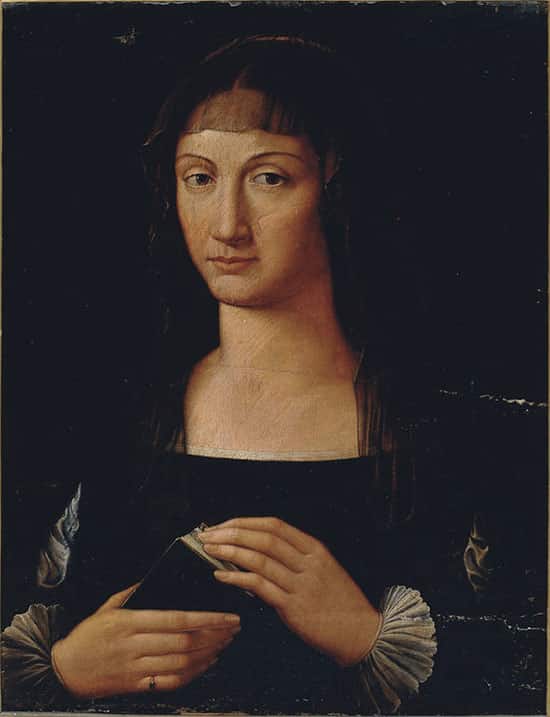
source: Galleria Borghese, Roma
Properzia de ‘Rossi (1490-1530)
A prominent sculptor from the Renaissance, Properzia de’ Rossi spent most of her life in Bologna, where there was a concentration of women artists, unusual at the time, and women sculptors were even rarer.
She began her career sculpting fruit pits and later progressed to marble and engraving. Drawing inspiration from other artists such as Raphael, Correggio, and Michelangelo, de’ Rossi was eventually commissioned the façade of the Basilica di San Petronio in Bologna, where she sculpted her famous Joseph and Potiphar’s Wife.
She was the only woman artist – out of 142 – to be included in Giorgio Vasari’s first edition of Lives of the Most Eminent Painters, Sculptors, Architects, where he collected Renaissance artists’ biographies.
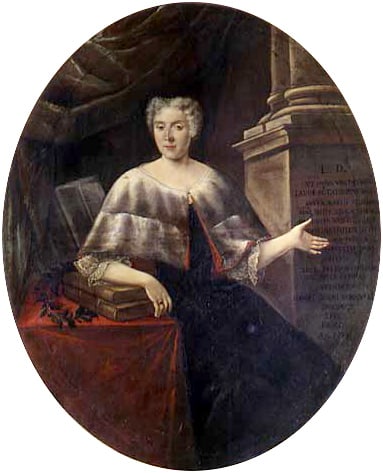
source: Museo di Palazzo Poggi, Bologna
Laura Bassi (1711 – 1778)
The second woman to graduate from university in Italy, Laura Bassi, was the first to take up an academic and scientific career, becoming the first woman to be granted a chair as a university professor.
Aware of her strong intellect, her family provided her with private education in disciplines that were not accessible to women at the time, such as physics, metaphysics, and psychology.
After graduating, she was assigned the honorary chair of philosophy at the University of Bologna but could only teach on special occasions and with her superiors’ approval. In 1754, Pope Benedict XIV nominated her a Benedictine academic, ignoring the opposition of her colleagues.
She launched a thriving class of experimental physics in her home laboratory and received one of the highest university salaries.
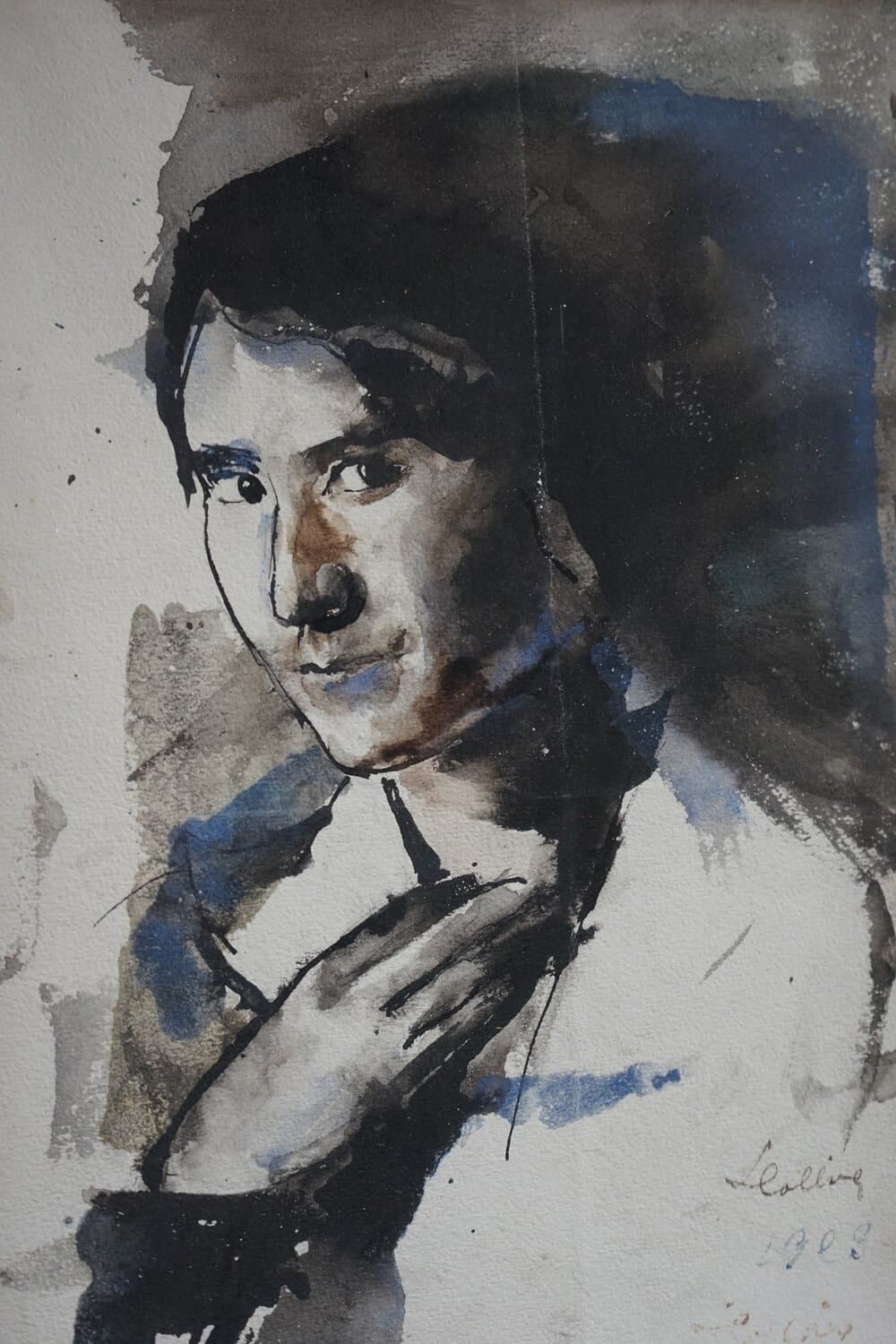
source: Artis self-portrait, watercolors
Lea Colliva (1901-1975)
Lea Colliva, a creative visual artist from Bologna, was a self-taught painter that practiced by replicating masterpieces of masters of the past such as Rembrandt ad Leonardo. While she had a background in Renaissance studies, she was widely influenced by the avant-garde trends of the 1920s and 1930s.
Her drawing and paintings of landscapes and portraits gained admiration from her contemporaries when she exhibited at several editions at the Venice Biennale and showed her work in international cities such as New York, Paris, Warsaw, and London.
A professor of the Accademia Delle Belle Arti in Bologna, she was the only woman painter among the Bolognese artists that attended Caffè San Pietro, an historical meeting point for intellectuals.
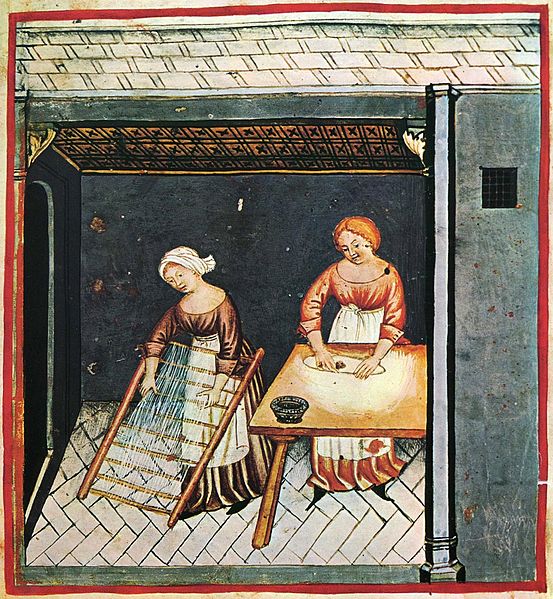
source: Tacuinum Sanitatis Casanatense
Le Sfogline
Lastly, we want to give tribute to all the wonderful women who prepare the sfoglia emiliana, our region treasured handmade pasta, following a tradition carried on through generations. Le Sfogline have extraordinary skills in rolling and shaping delicious tagliatelle, tortellini, and other egg-pasta that are appreciated worldwide.
International Michelin-starred chefs learned to master the art of pasta making from these incredible women who are keeping alive the ritual that dates from the IV century (according to food historians).
A law was proposed to recognize the Sfogline, also known as Zdore, as a legitimate professional figure and protect the category.
We sincerely hope that the Sfogline, the gatekeepers of an essential Italian heritage, will soon gain the recognition that they deserve!


